Dàdù Plateau (大肚台地) is a geographic feature of great strategic importance to the defense of central Taiwan. It overlooks the Qīngshuǐ Coastal Plain (清水平原) and occupies high ground on the far edge of the Taichung Basin (台中盆地), home to the majority of the population of Taichung, the third most populous metropolitan area in the nation. The entire length of the plateau is peppered with military facilities from the massive Ching Chuan Kang Air Base (空軍清泉崗基地) in the north to Chénggōng Ridge (成功嶺) down south. In between one will find a number of abandoned or disused bunkers, gun towers, and blockhouses. This post focuses on seven anti-airborne fortifications located in the central part of the plateau starting with the #7 Anti-Airborne Fort (七號反空降堡), my introduction to this cluster of ruins.
Located not far from county road 中75 in the southwestern corner of Daya, the #7 Anti-Airborne Fort is readily accessible and fairly safe to explore, though a flashlight is mandatory and you’d do well to pack gloves (especially for the rusty ladders) and insect repellent. As with most of the other fortifications of this kind there are two camouflaged entrances located nearby—a safety precaution in the event of heavy bombardment. The bunker down below was dry and empty when I visited but some you encounter may be flooded or filled with noxious pests. Ravenous mosquitos are really what you have to worry about—the huntsman spiders typically found in these ruins aren’t nearly as interested in your blood.
You may be wondering: what exactly is an “anti-airborne fort” anyway? At first I thought this phrase might be a bad translation1 but no, apparently these fortifications are designed specifically to repel aerial assault by paratroopers and the like, not the planes themselves. I’m no expert in military matters but I would hazard a guess that these structures were built out of reinforced concrete to house a few dozen machine gunners each. Inside there are three levels (not including the open rooftop) plus a bunker down below with two separate entrances hidden in the foliage beyond. The fortifications in the style of the #7 fortification are all post-war structures constructed by the KMT to defend against invasion by communist China. I don’t have exact information about when they were built and later abandoned but it’s not unreasonable to guess they date back to the 1950s2.
The landscape surrounding the #7 Anti-Airborne Fort is absolutely surreal. Rusty red laterite soils rich in iron and aluminum cover the plateau, limiting agricultural productivity. This type of soil is relatively common in Taiwan—you’ll also find it on the Linkou Plateau, for instance—and was traditionally used for manufacturing bricks3.
Not all of the fortifications of the Dadu Plateau are as accessible as #7. Apart from several gun towers on the grounds of Taichung Airport4 to the north (not featured here) the #6 Anti-Airborne Fort is located behind the walls of an active military base. Although it is faintly visible from the roadside I won’t share photos here for obvious reasons. The remaining numbered fortifications are all approachable but gaining entry might be difficult or impossible. South of #6 we cross over into the far northwestern extent of Xitun.
Next on the list is a Japanese colonial era gun tower from World War II, one of only two remaining on the Dadu Plateau5. Much like the lone gun tower at the Taichung Aerodrome this one was designated a historic site in 2006 but nothing has been done to make it accessible to the public6. Officially known as the Japanese Army 3102 Highland Gun Tower (原日軍3102高地機槍堡), so named for its position in some kind of military code, or simply the World War II #5 Bunker (二次大戰五號碉堡). The number “5” would have been assigned to the gun tower when the ROC army fortified the plateau after the war and I speculate they continued to station troops here into at least the late 1970s. Finding this particular tower is a bit tricky as it is heavily overgrown—but if you scan the roadside just north of the park you should be able to pick it out.
Head a little further south and you’ll arrive at the expansive Taichung Metropolitan Park (臺中都會公園), a popular weekend getaway for residents of the sprawling city. Two anti-airborne fortifications can be found here, both of them completely sealed from the outside, but still interesting to see. I particularly like the #3 Anti-Airborne Fort; it’s totally overgrown! Puzzling out where these are shouldn’t be tough; there’s one apiece on each side of the park.
The second anti-airborne fort is somewhat harder to locate given that it is isn’t visible from the roadside, nor is it in the park, though that may change. After bushwhacking through the wilderness I was surprised to find a team of workers cutting the grass and cleaning out the interior of the fort (then again, I suppose they were just as surprised to see me there). I wasn’t able to understand exactly what was going on but I left with the impression that the city is tidying up this fort to prepare it for something, the obvious thing being an expansion of the park. I briefly entered the bunker beneath the tower to poke around after receiving permission from the foreman and left with smiles all around.
The countdown ends with the very last fortification I will cover in this post, the #1 Anti-Airborne Fort (一號反空降堡). Much like the #7 this one faces out toward the sea and is surrounded by ruddy ochre soil. Access to the interior seems possible but it was getting late into the afternoon and I didn’t bother after seeing various multi-legged critters scurry off into the darkness after I cracked the door open. No cleaners were in evidence here and given that it is surrounded by farmers’ fields (sweet potato, at a glance) I would imagine this one will remain pretty much as it is today for the interminable future.
- The wonderful thing about English is how easy it is to dream up new terminology. Even so, it wouldn’t surprise me if there were a better phrase to describe this particular kind of military fortification. Perhaps blockhouse would be more accurate? For now I’m just going with what I saw on a plaque outside one of the other fortifications nearby since it seems most descriptive. ↩
- This post features a taxonomy of Japanese and KMT fortifications in the region. ↩
- Further south of here you’ll find the Bagua Kiln Restaurant (八卦窯餐廳), which is exactly as it sounds: an old brick-making kiln transformed into a dining hall. ↩
- Taiwan Air Power has a good post about these fortifications. ↩
- I have previously written about similar Japanese colonial era fortifications in Taiwan: one site in Changhua and the other in Pingtung. More recently I wrote about another gun tower in Taichung. I hope to cover the second Japanese gun tower on the Dadu Plateau at a later date. ↩
- An amusing aside: while I was clambering around on the embankment next to the road to snap a photo a Taiwanese man walked up and asked what I was doing. At first I wasn’t sure if he was an off-duty guard from the nearby base or something but no, he was just out for a stroll and had no idea what the mysterious structure in the jungle was all about. So there I was, giving a brief lecture about Japanese military history in Taiwan to a local in lieu of there being any sort of informational plaque posted nearby. ↩
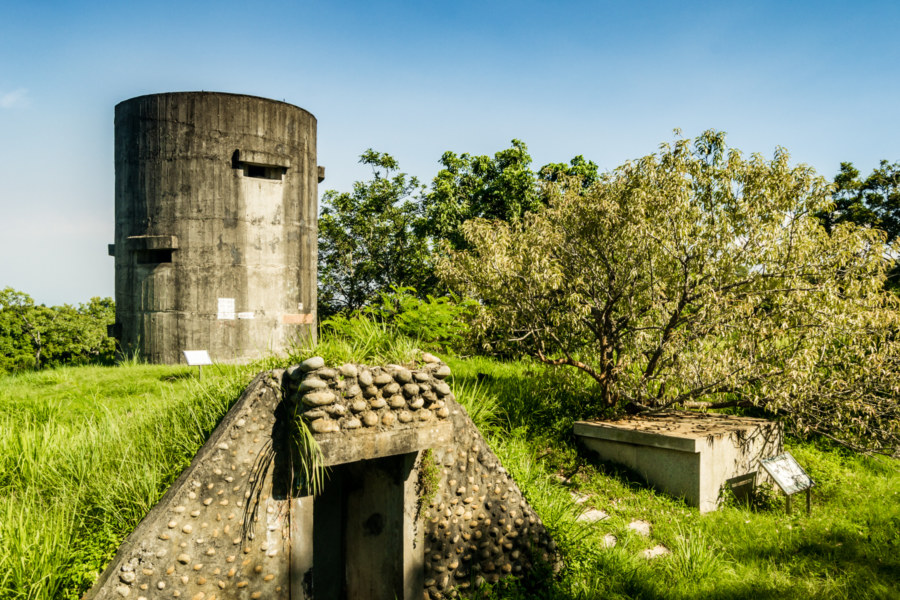
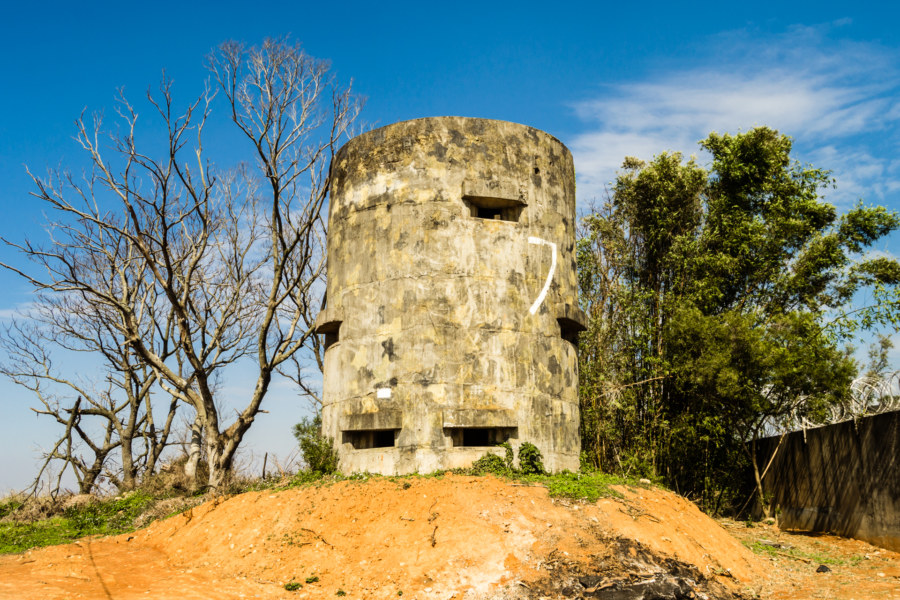
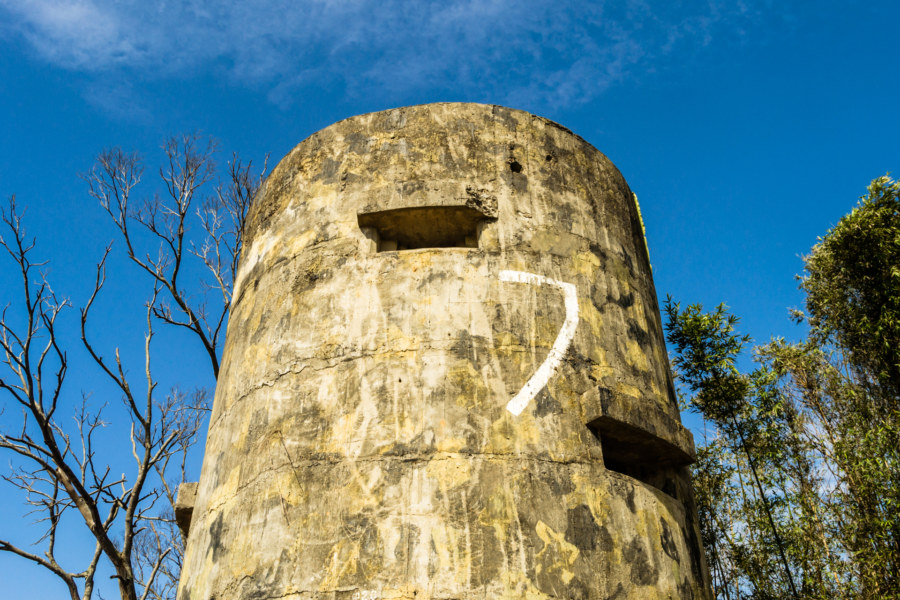
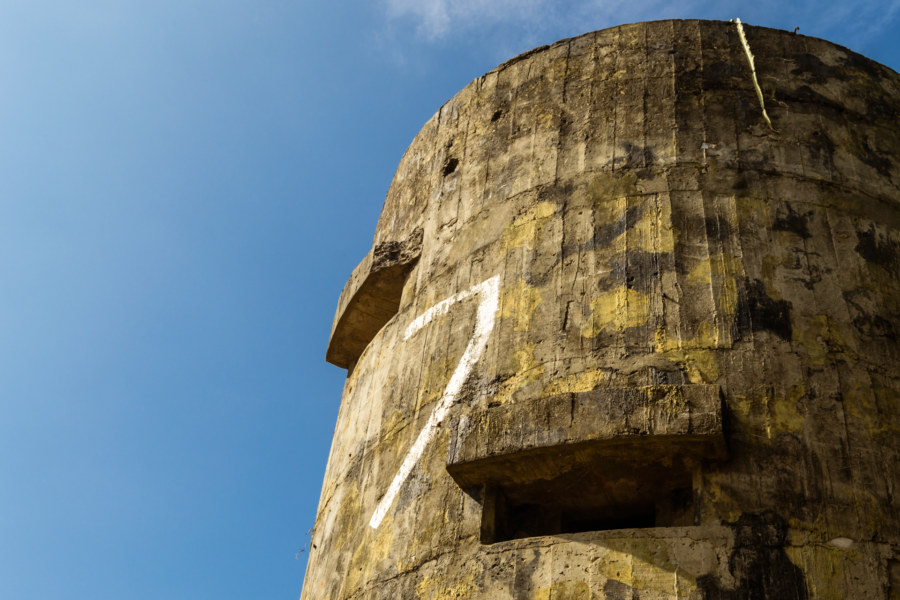
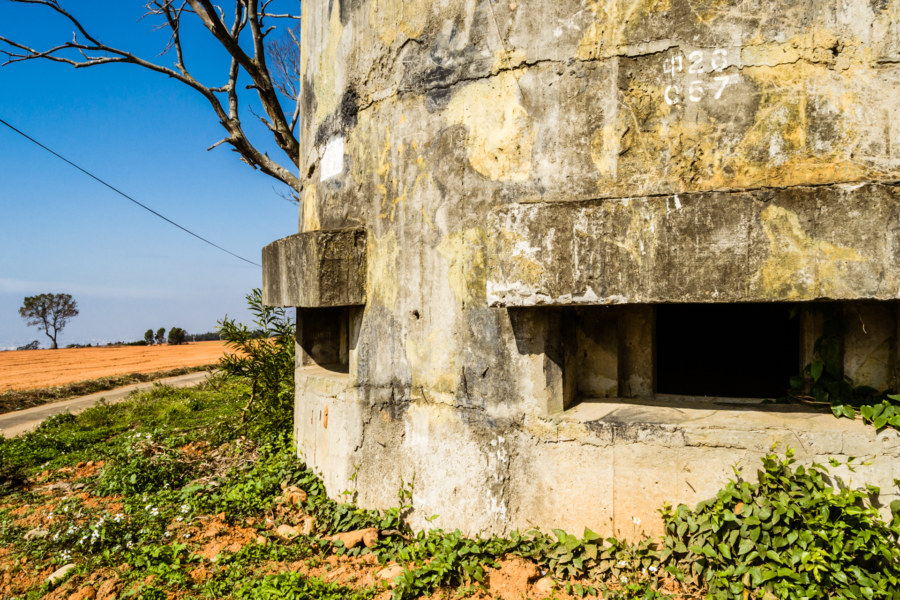
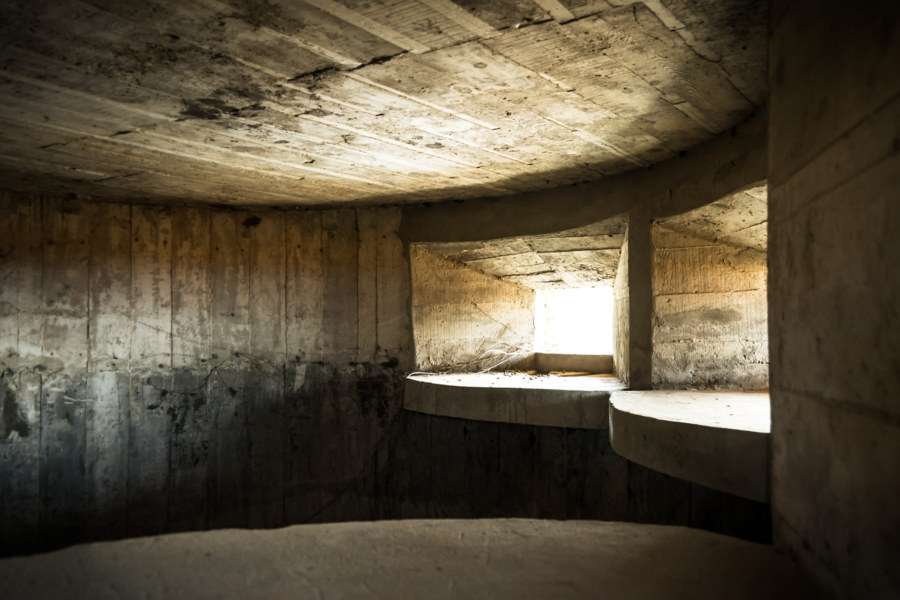
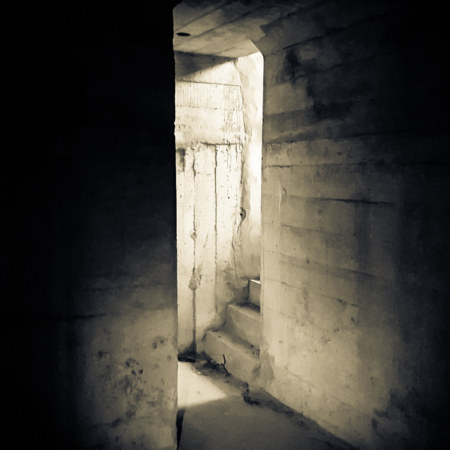
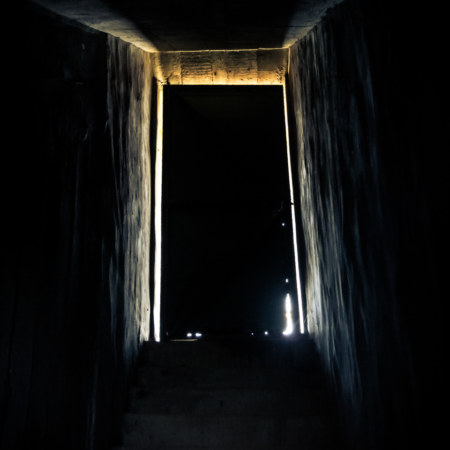
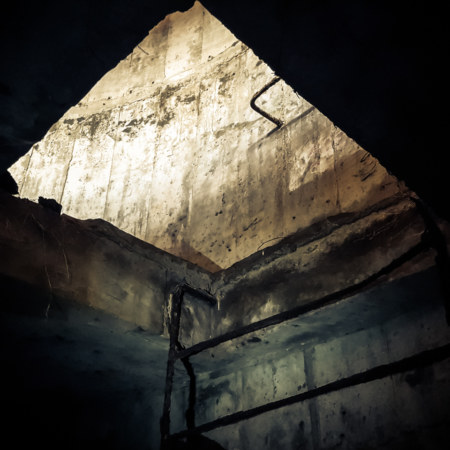
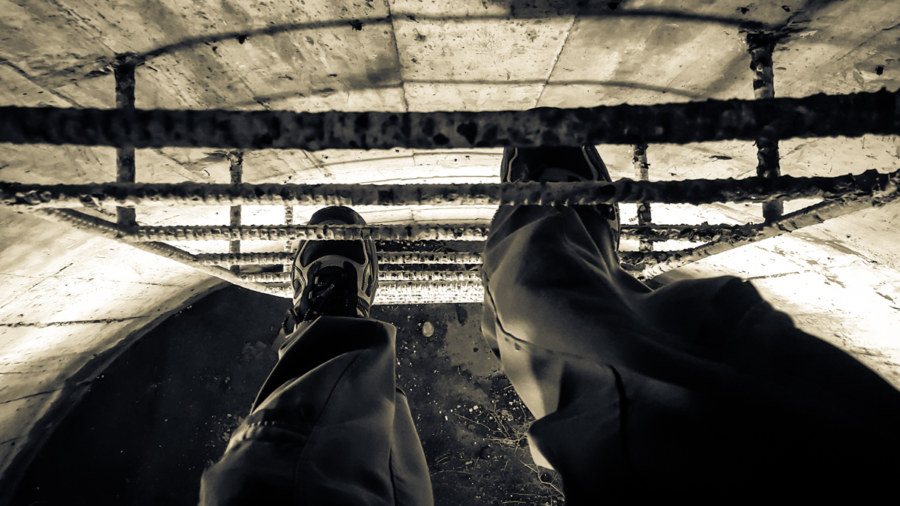
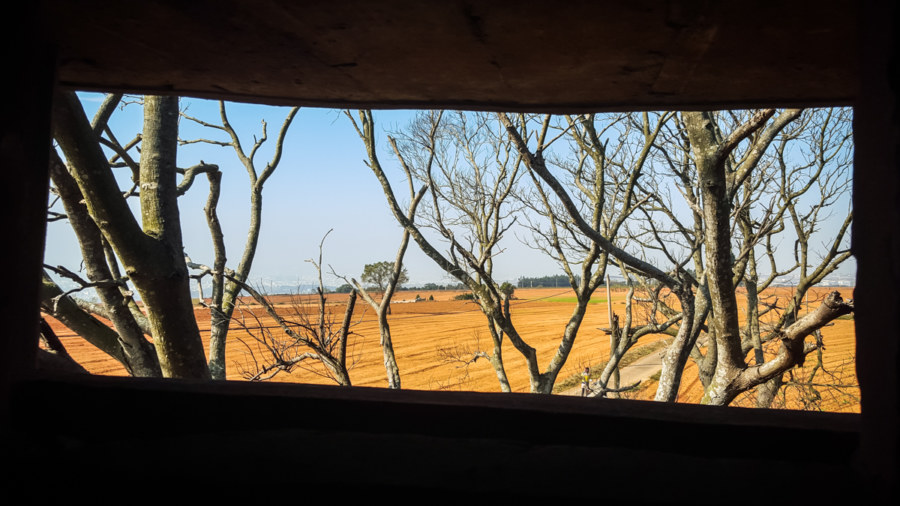
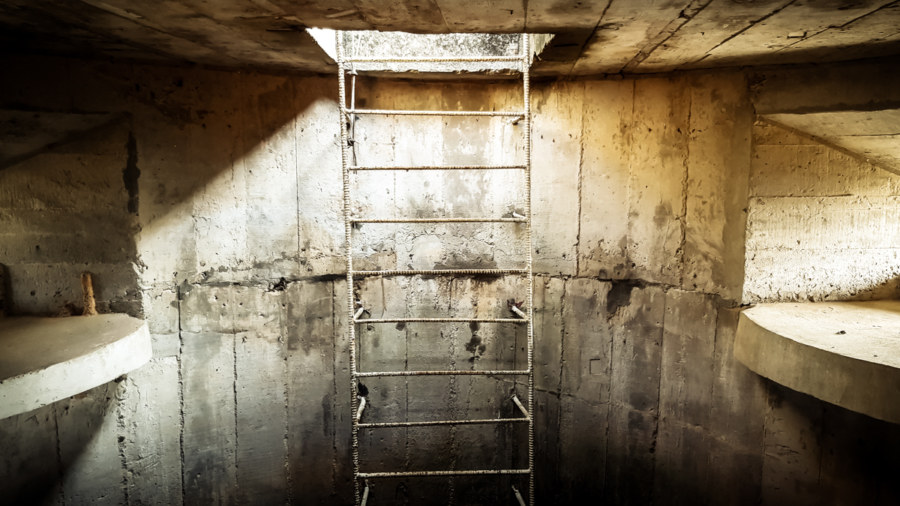
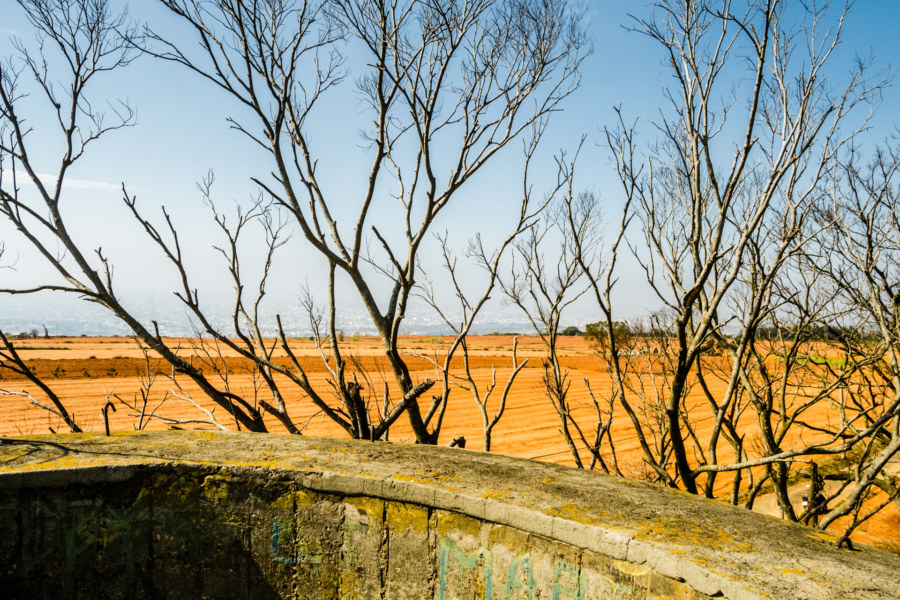
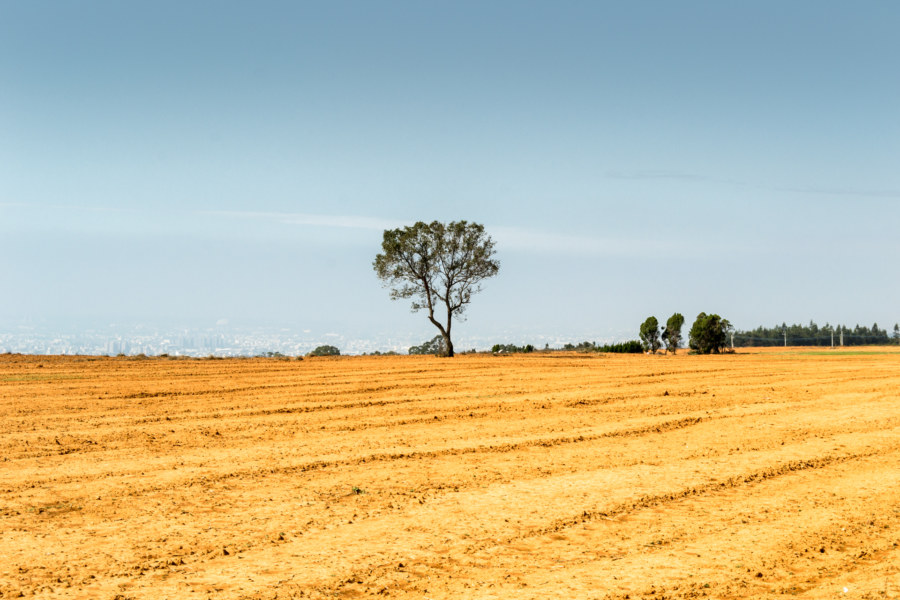
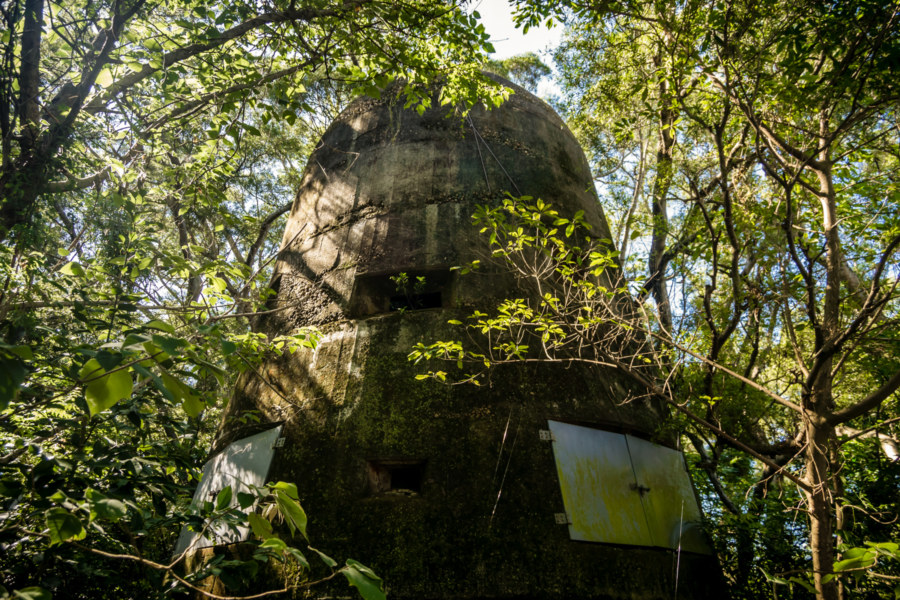
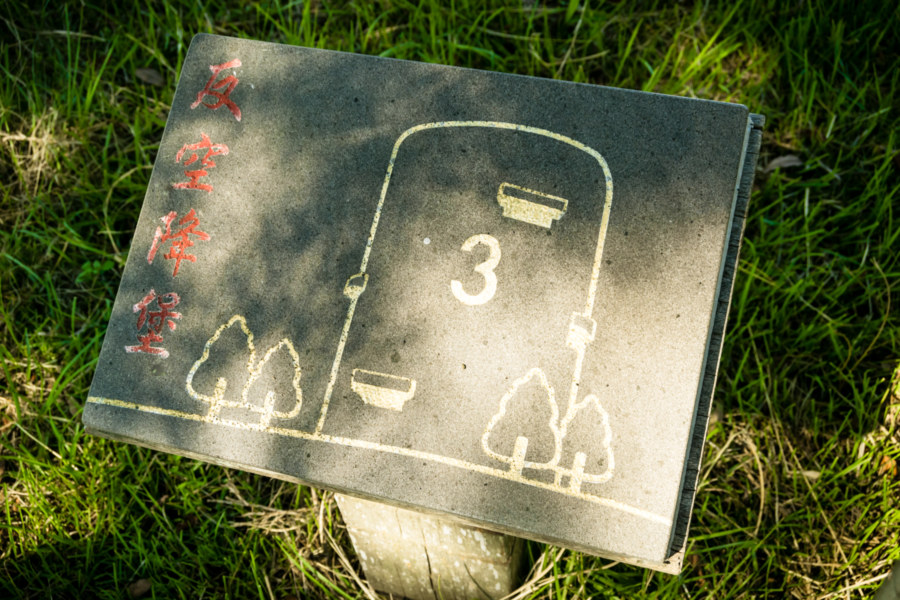
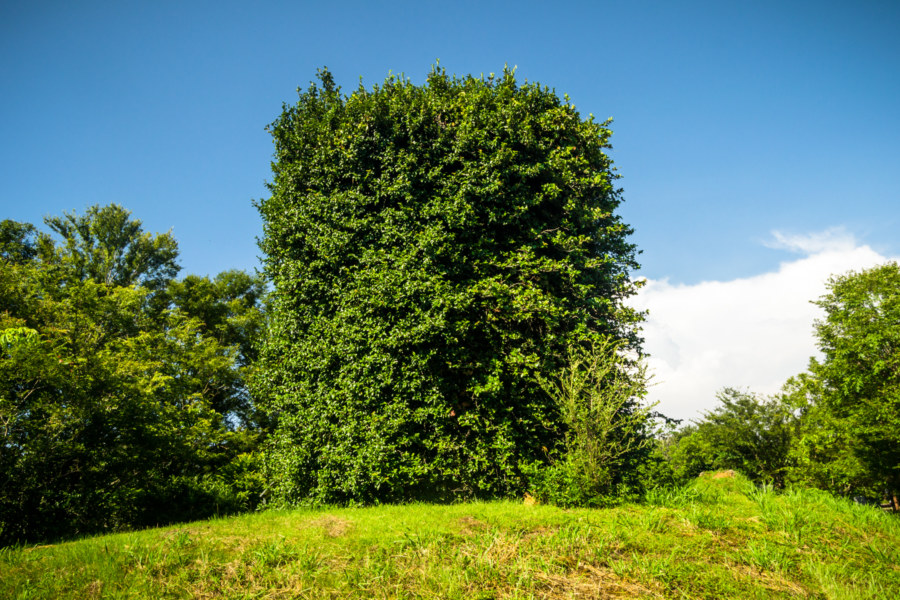
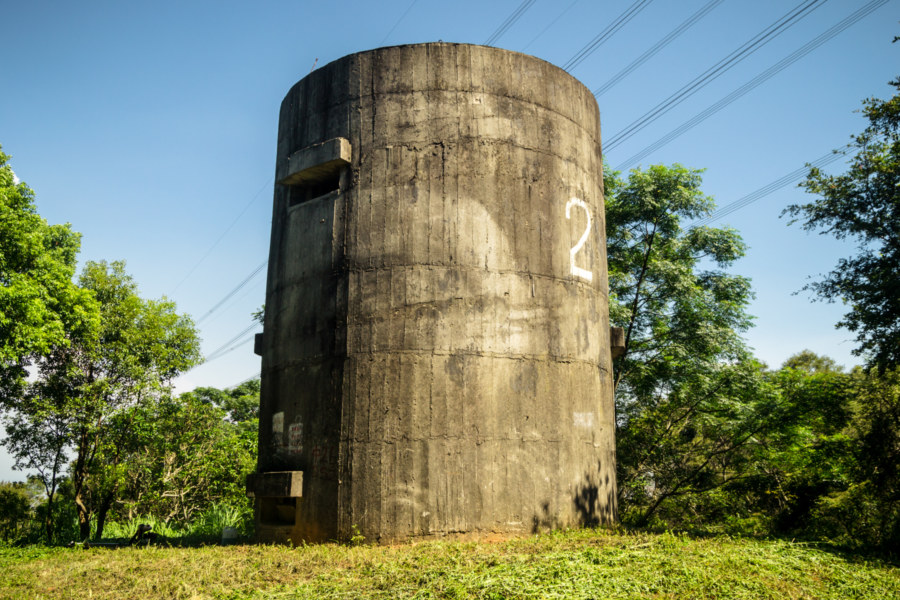
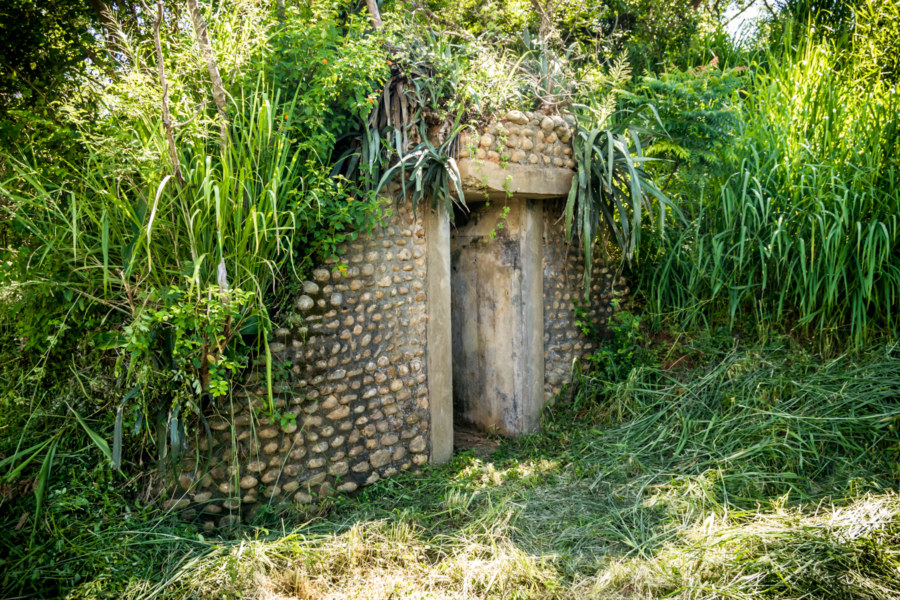
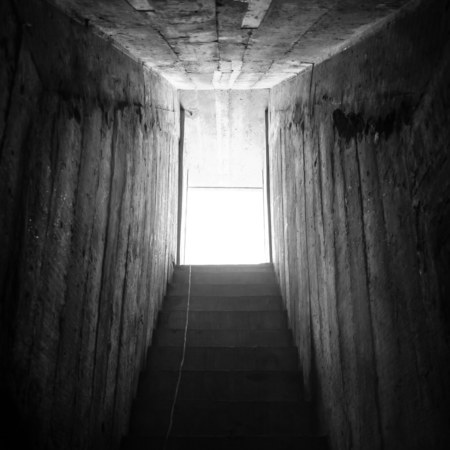
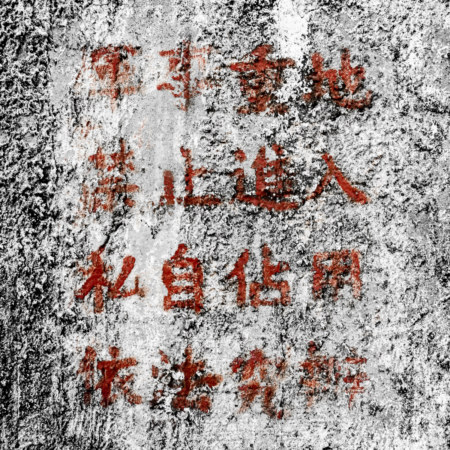
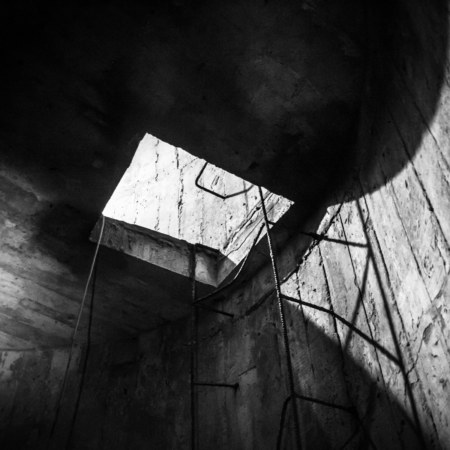
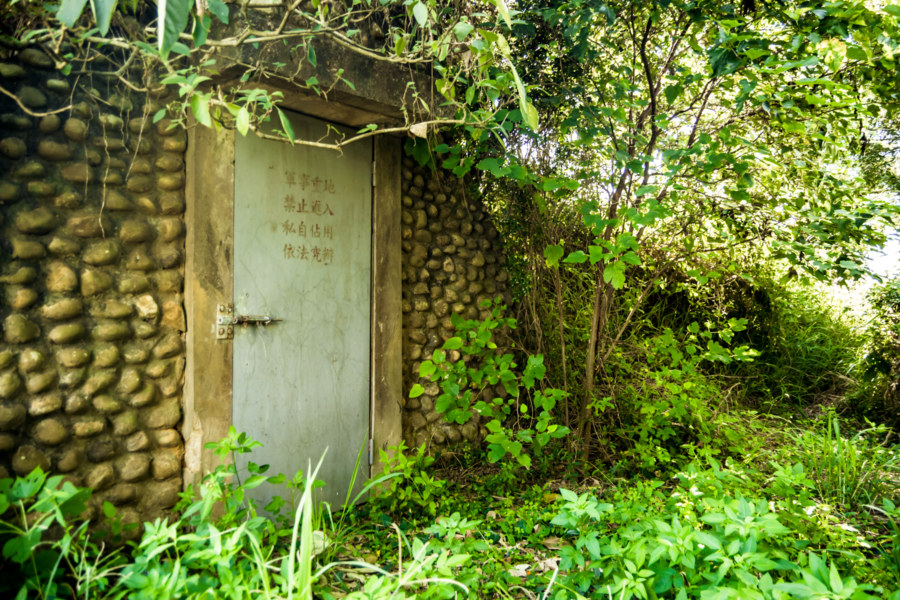
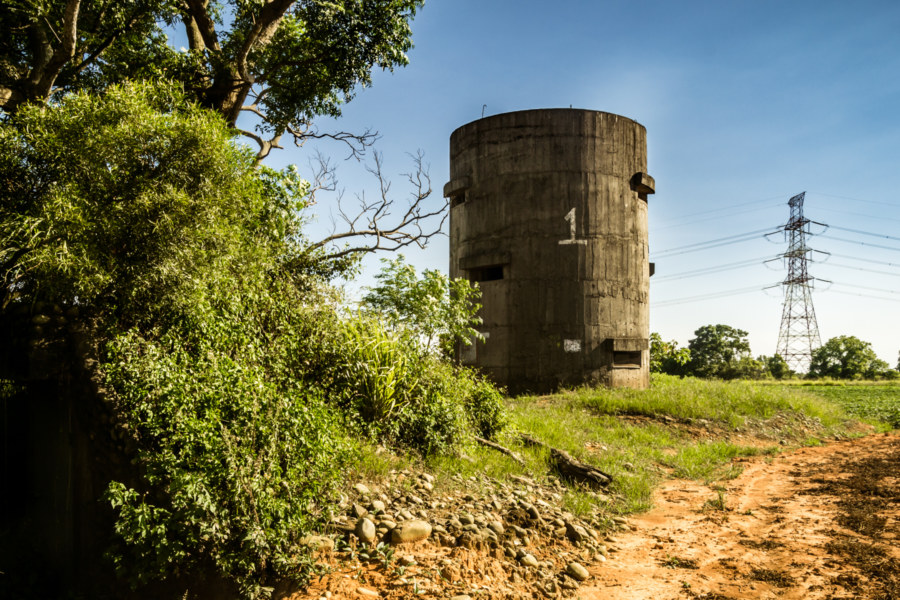
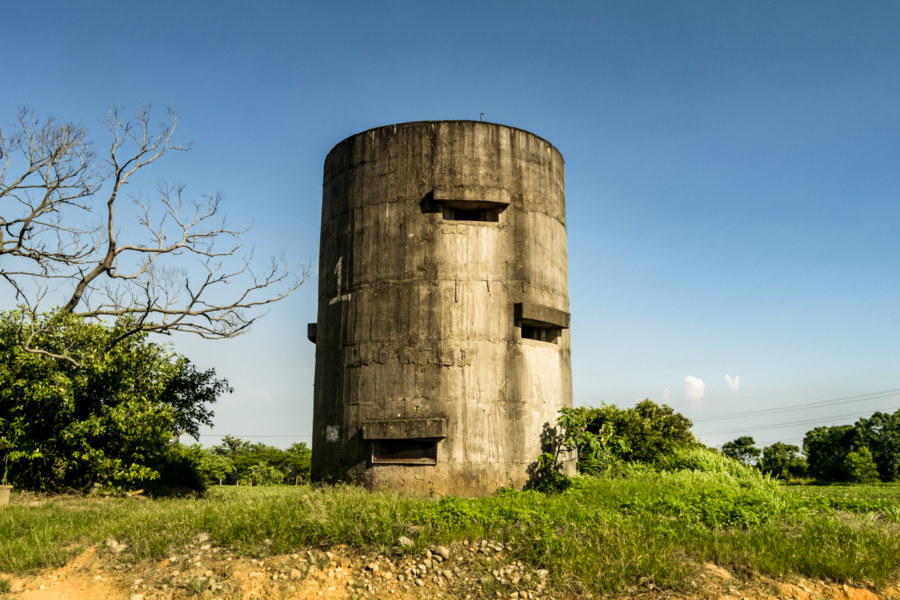
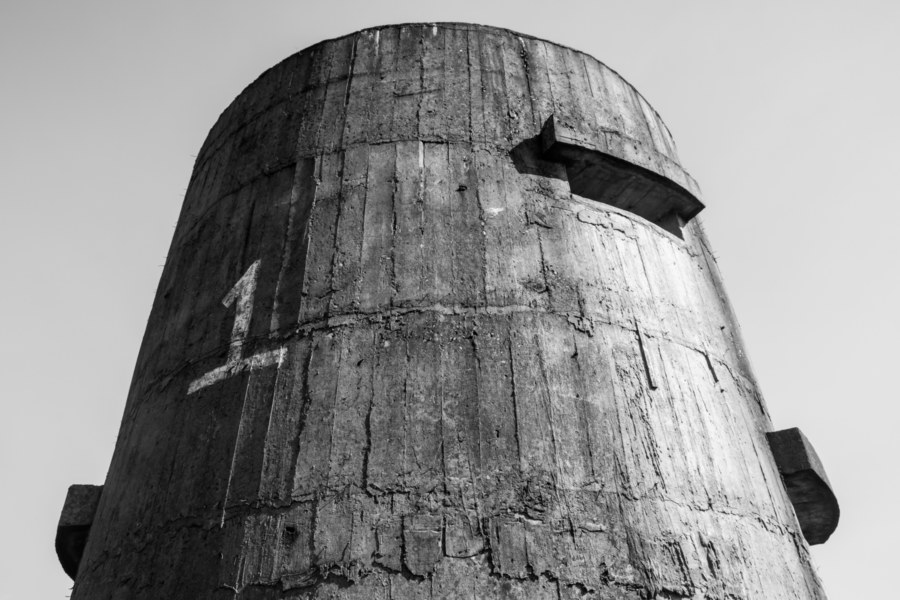
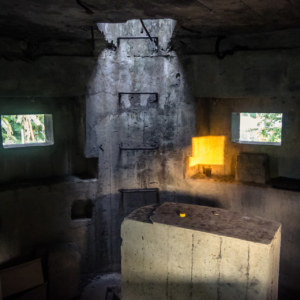
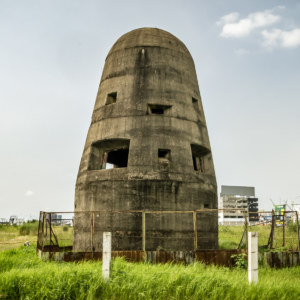
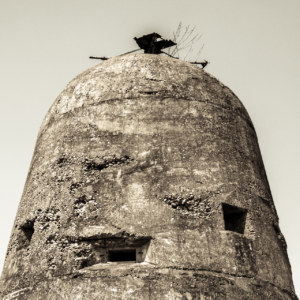
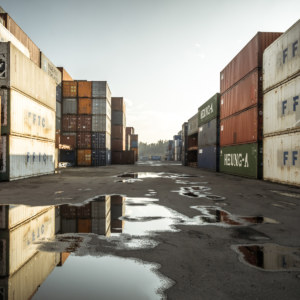
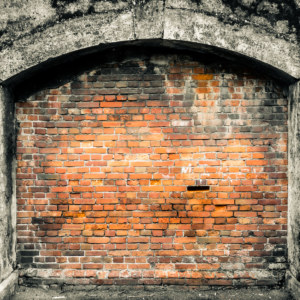
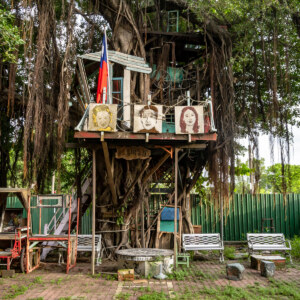
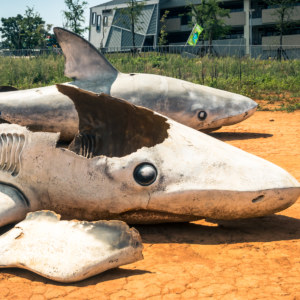
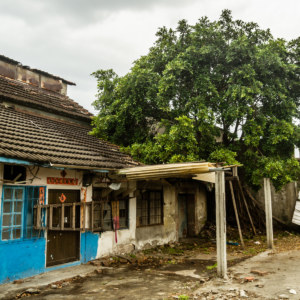
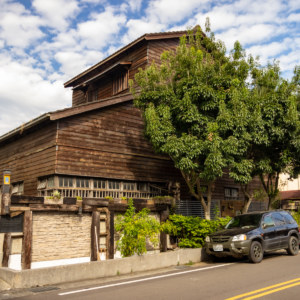
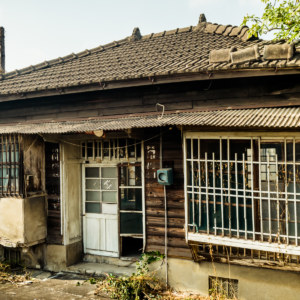
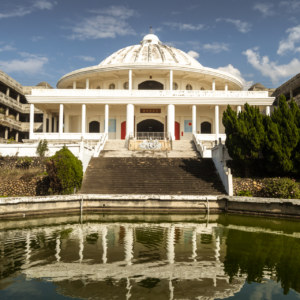
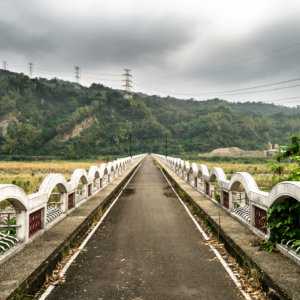
You might be interested in this story about a former Tunghai professor, Paul Alexander, and his family–particularly p. 46, where the article discusses his son’s death in one of the “pillboxes.”
http://eip.uindy.edu/profiles/alexander42_49.pdf
Jonathan: Wow, that is quite the story. Thanks for bringing it to my attention! I’ll quote the relevant part of the article for anyone curious:
There’s only a few Japanese fortifications left on Dadushan and I think I’ve been to all of them… so I suppose I must have visited the scene of the accident at some point. What a tragedy.
拍攝的非常棒,成現臺中市戰地風光的歷史